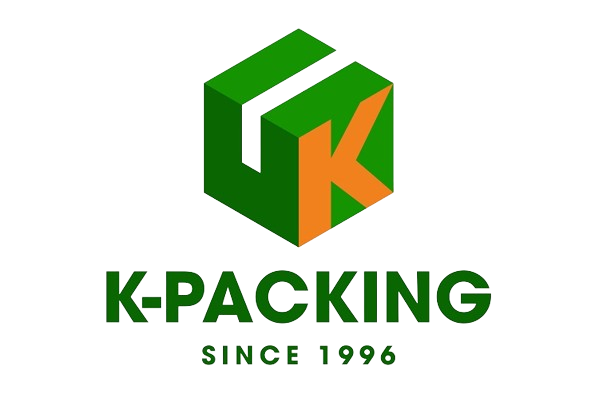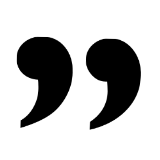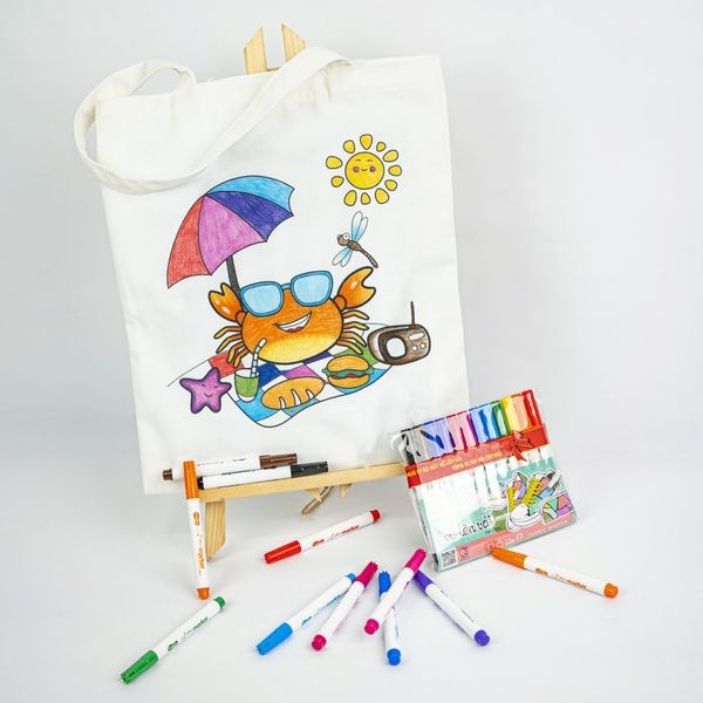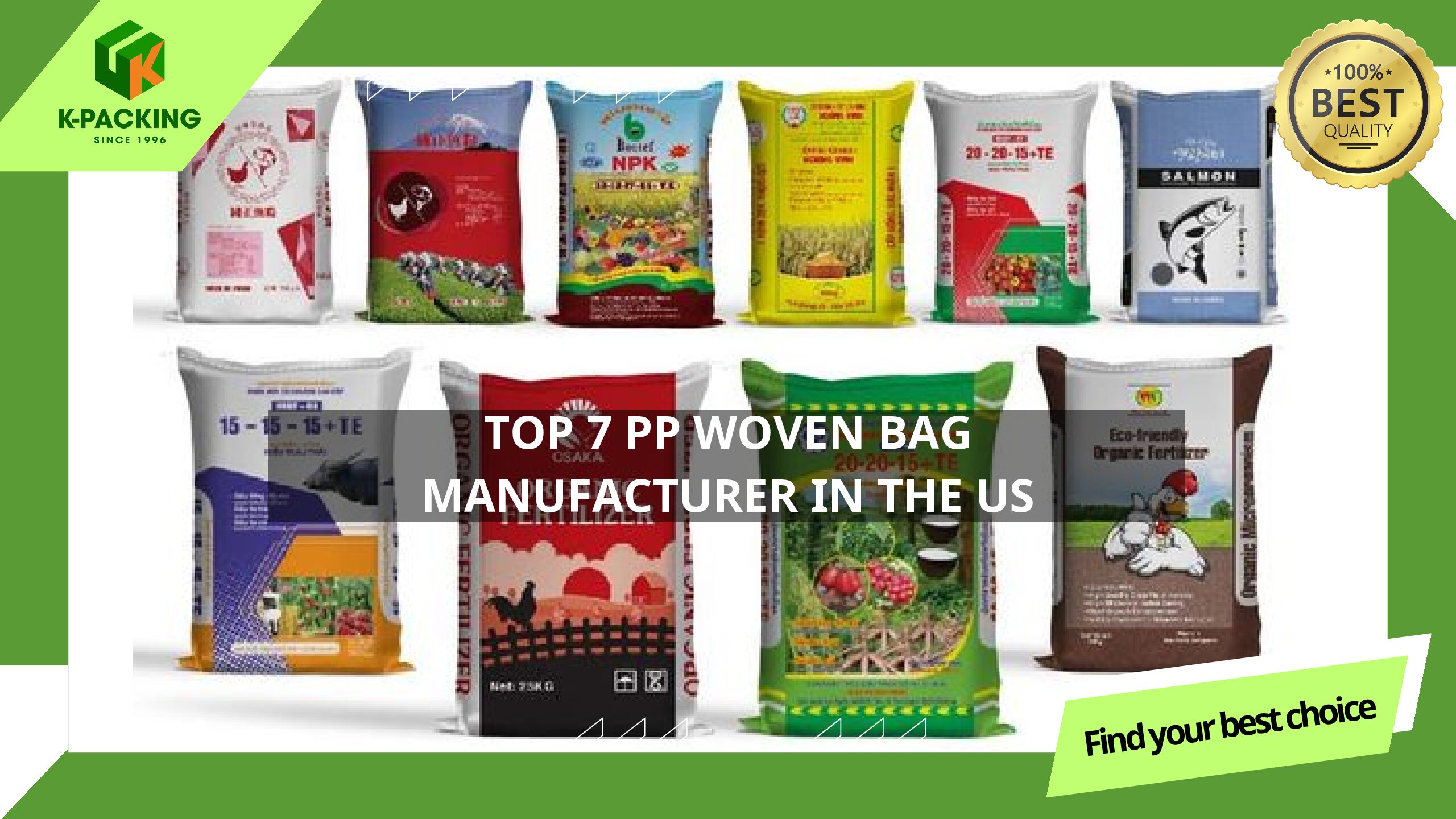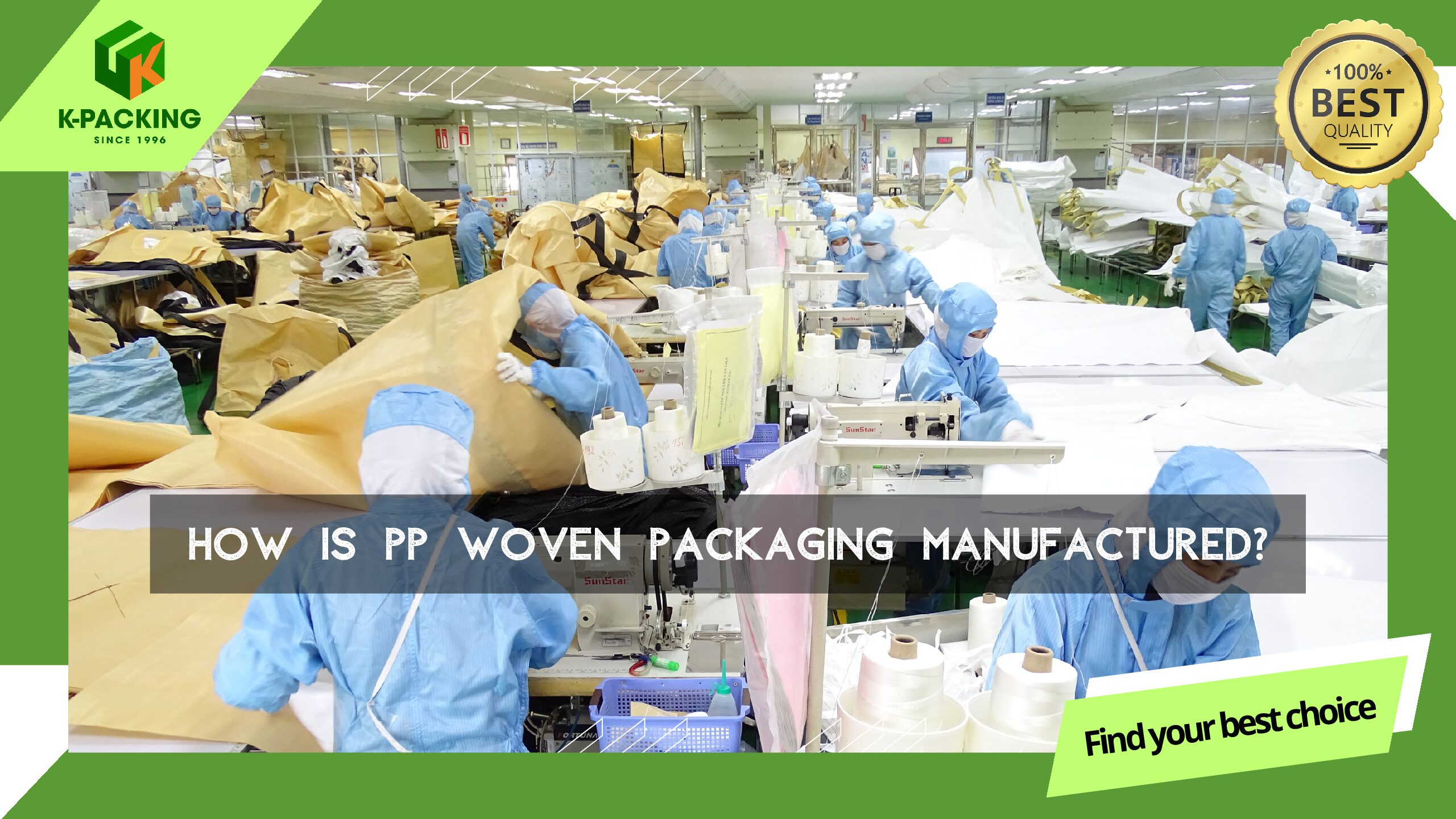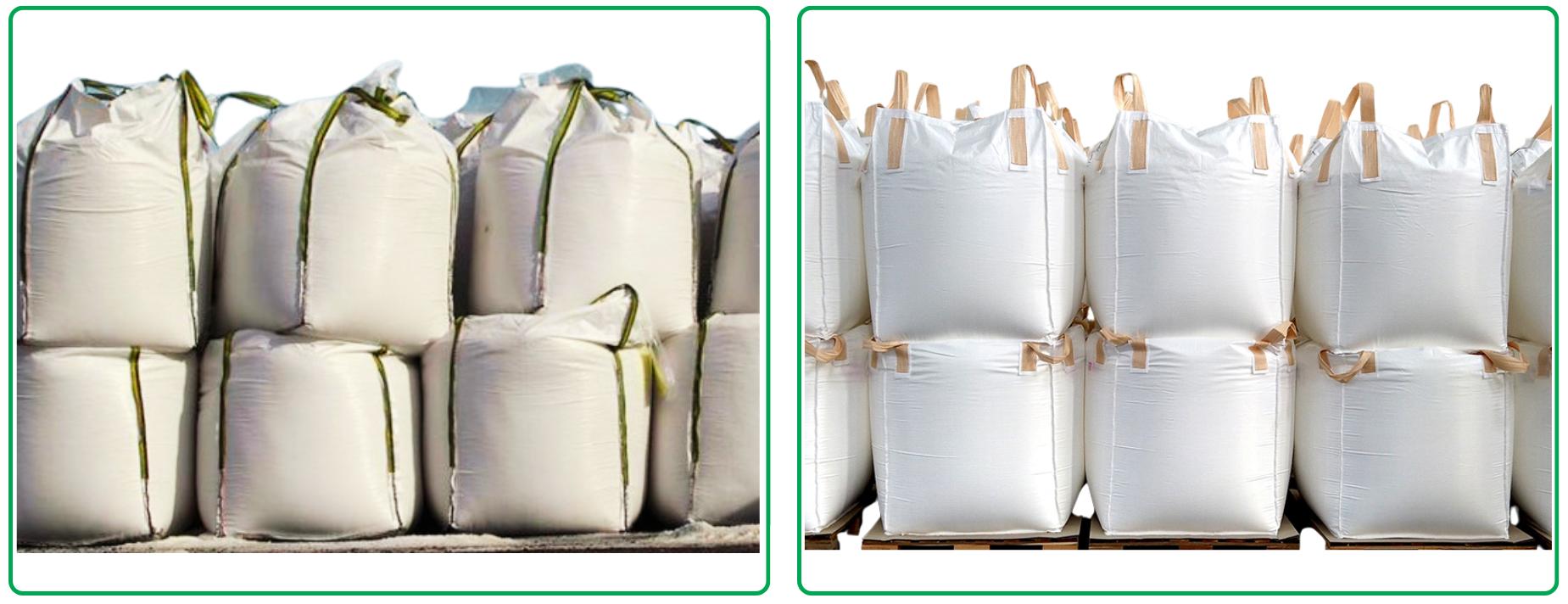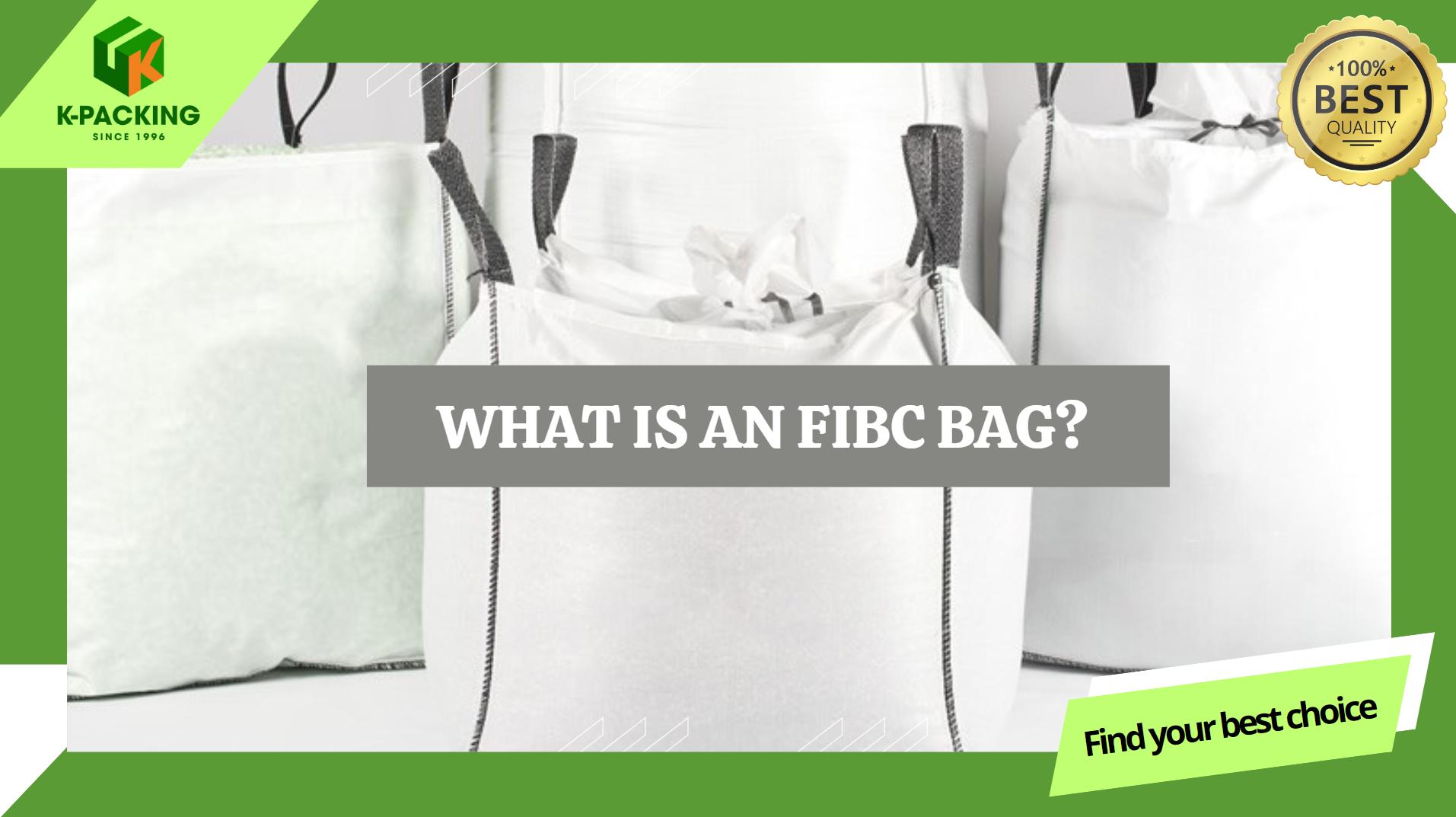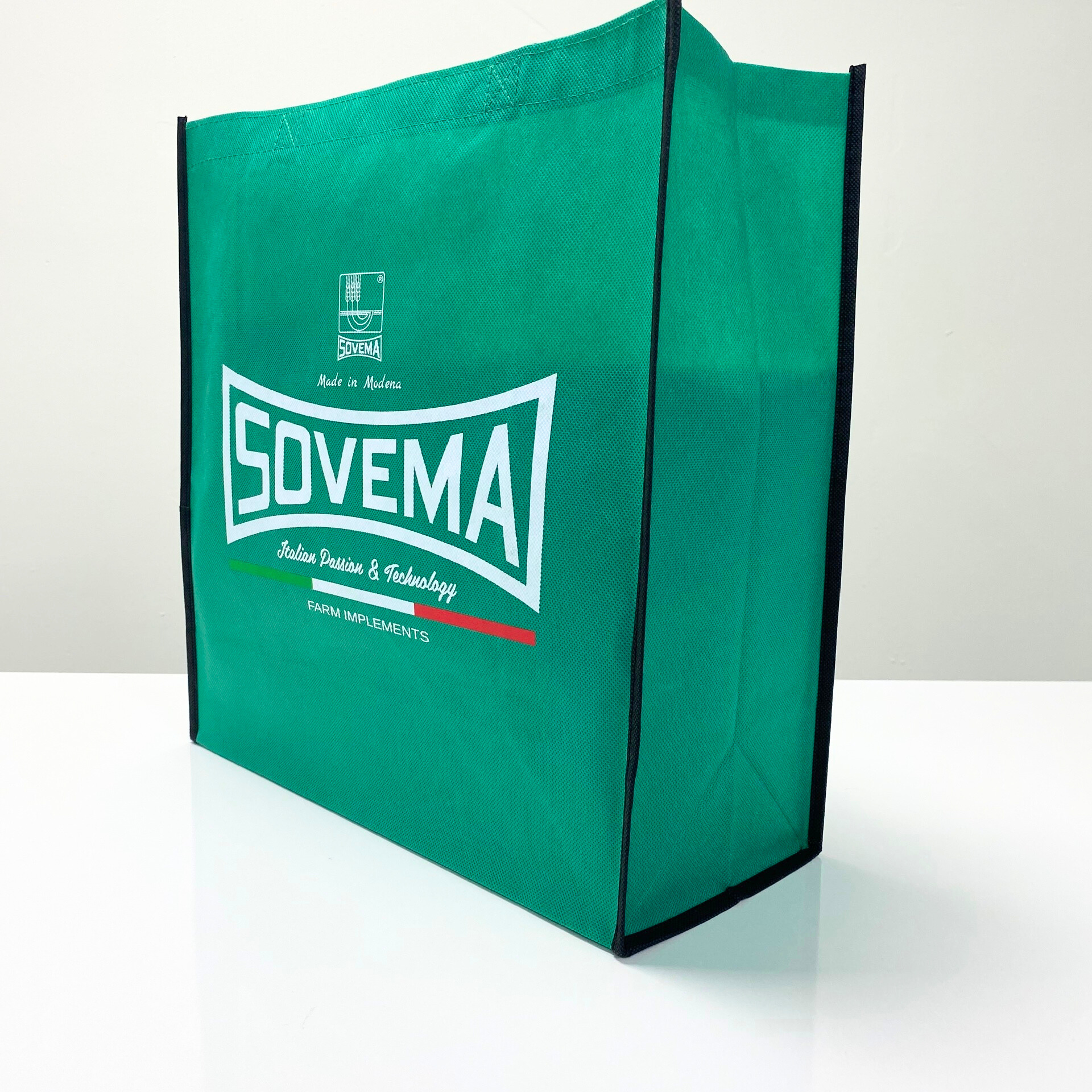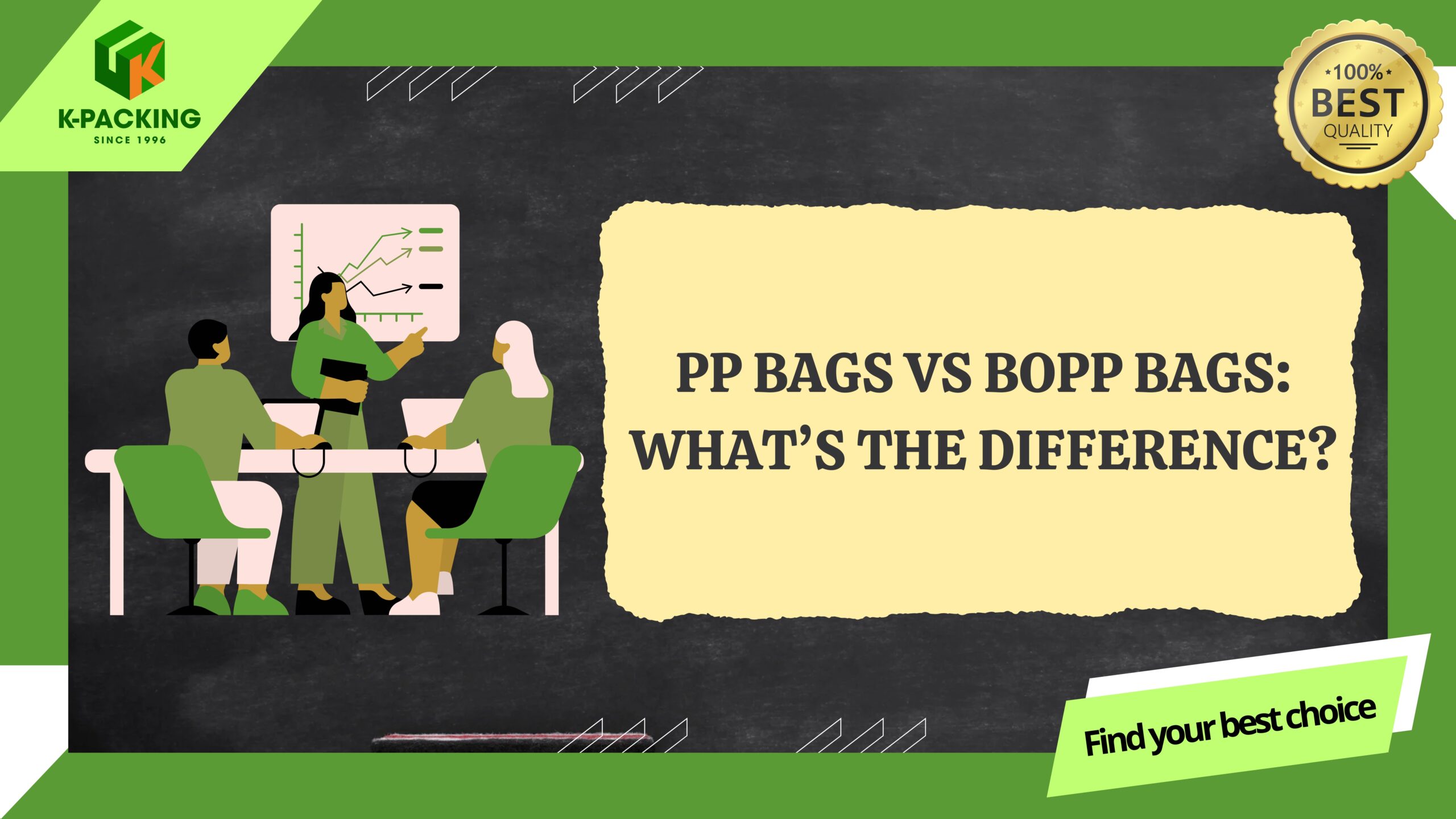In a time when global businesses are facing unpredictable trade policies, complex tariffs, and supply chain disruptions, Vietnam has become a stable and trustworthy source for packaging. The country maintains strong trade relations across Asia, Europe, and Africa, supported by a skilled workforce and a transparent export system. This combination helps importers reduce risk and maintain supply continuity even when other markets fluctuate.
For companies, importing packaging from Vietnam means working with a professional and resilient partner – one that values consistency, long-term cooperation, and shared growth. Its manufacturers operate with modern technology, sustainable materials, and clear export procedures, making it easier for businesses to manage production and logistics across borders with confidence.
Let’s explore how to import packaging from Vietnam in the guide below.
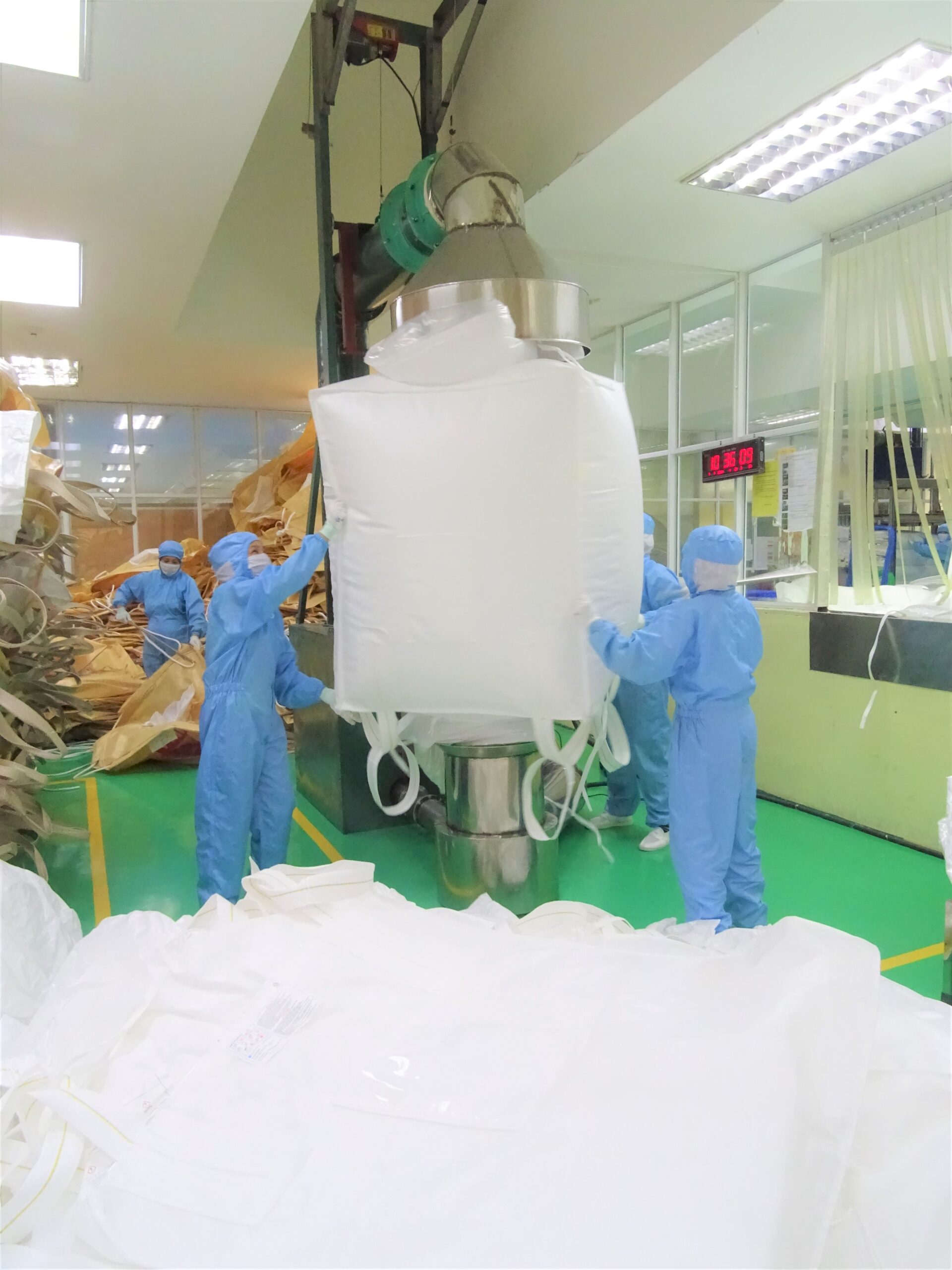
1. Understand the packaging market in Vietnam
Vietnam is now recognized as one of Asia’s top packaging production centers, driven by its rapidly expanding export industries, strong manufacturing base, and competitive labor costs. Over the last decade, Vietnamese packaging suppliers have upgraded significantly – adopting modern extrusion, lamination, flexographic and gravure printing technologies to meet international standards.
Most packaging manufacturers are located in industrial clusters near major seaports – such as Ho Chi Minh City, Binh Duong, Dong Nai (Southern region) and Hanoi, Hai Phong (Northern region). This geographic advantage makes shipping convenient and lowers logistics costs for foreign buyers.
Vietnam’s packaging industry covers a wide spectrum, from industrial-grade materials (like PP woven bags and jumbo FIBC bulk bags) to consumer-facing products (like kraft paper boxes, rPET shopping bags, or biodegradable films). Each segment serves different markets:
- PP woven bags & FIBC are widely used for rice, fertilizer, cement, and animal feed exports.
- Paper packaging is essential for retail, cosmetics, and electronics sectors.
- rPET and non-woven bags are increasingly demanded by eco-conscious brands in the EU and North America.
- Flexible plastic films serve food, beverage, and frozen goods manufacturers.
Many Vietnamese factories hold ISO 9001 (quality management), ISO 14001 (environmental management), or GRS/FSC certifications. These ensure compliance with sustainability and traceability requirements an important factor when exporting to developed markets.
Before sourcing, you should define your packaging category and performance requirements (e.g., load-bearing, food contact, print quality, or recyclability). This will help you choose the right type of supplier:
| Packaging Type | Common Applications | HS Code | Typical MOQ | Notes |
|---|---|---|---|---|
| PP woven bag / FIBC | Agricultural & industrial products | 6305 | 5,000–10,000 pcs | High tensile strength, reusable |
| Kraft paper box / carton | FMCG, cosmetics, electronics | 4819 | 1,000–5,000 pcs | Printable, recyclable |
| rPET / non-woven tote bag | Promotional & retail packaging | 4202 | 2,000–3,000 pcs | Eco-friendly, customizable |
| Flexible plastic film / pouch | Food, beverage, frozen goods | 3923 | 100–200 kg per print run | Heat-sealable, multilayered |
To identify reliable suppliers, you can search through VietNamCredipact or the VCCI (Vietnam Chamber of Commerce) directories. Always check export experience, sample quality, and references from other clients factories familiar with foreign buyers tend to have better quality consistency and documentation handling.
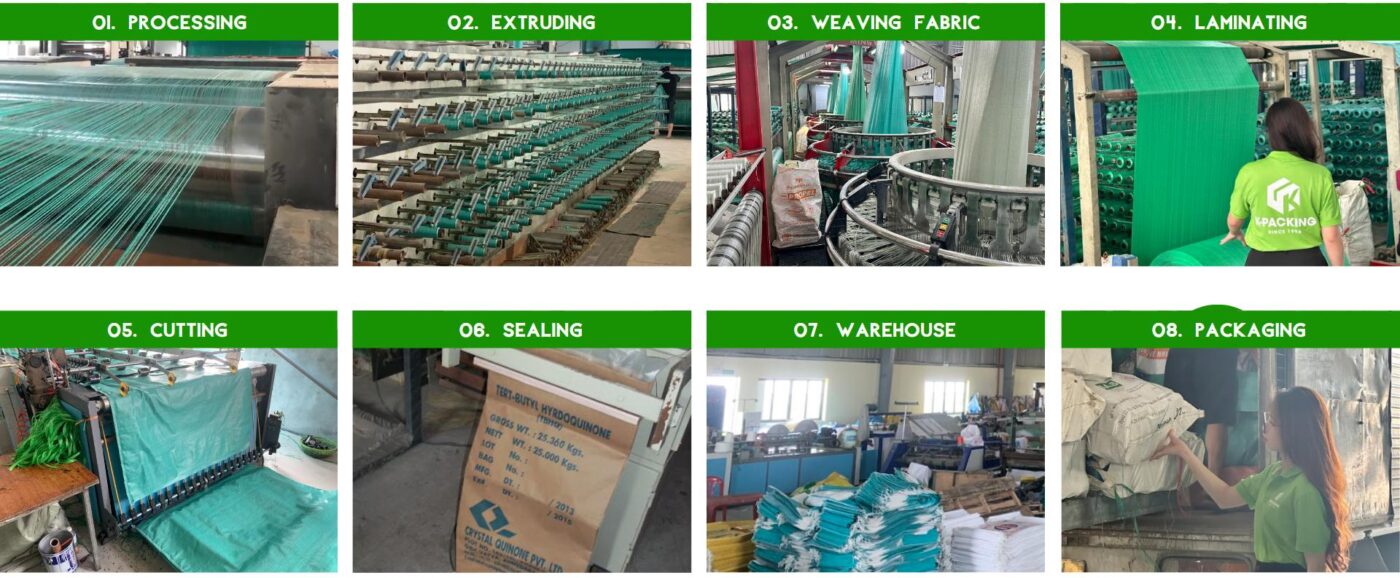
2. How to import packaging from Vietnam
Importing packaging from Vietnam follows standard international trade practices, but success depends on how well you manage documentation, communication, and quality control. Below is a step-by-step guide you can follow.
2.1 Step 1 – Find reliable suppliers
Start by verifying the supplier’s legal registration via official databases such as https://congbogiayphep.gov.vn/.
Ask them to provide:
- Business Registration Certificate
- Export License (if applicable)
- ISO / GRS / FSC / BRC certifications
- Factory photos, production videos, or audit reports
Visiting the factory (physically or virtually) is highly recommended. Reliable manufacturers are transparent about materials, equipment, and quality testing.
2.2 Step 2 – Request quotations and samples
When requesting a quotation, ensure that all specifications are clearly stated:
- Material (GSM, thickness, lamination, composition)
- Dimensions and print area
- Type of printing (flexo, offset, gravure)
- MOQ, production lead time, and packaging method (carton, pallet, bundle)
Ask for both EXW and FOB prices so you can compare logistics flexibility. Always request pre-production samples to confirm quality, color accuracy, and material feel before signing the contract.
2.3 Step 3 – Sign the sales contract
Once samples are approved, formalize the purchase through a Sales Agreement. The contract should cover:
- Product description and specifications
- Price and payment terms (T/T, L/C)
- Lead time and delivery schedule
- Penalty clause for defects or late shipment
- Arbitration clause (VIAC – Vietnam International Arbitration Centre or SIAC)
Although English contracts are acceptable in Vietnam, having a Vietnamese-translated version can be useful in case of disputes or customs review.
2.4 Step 4 – arrange shipment
Most shipments depart from Cat Lai Port (Ho Chi Minh City), Cai Mep, or Hai Phong. For bulk packaging orders, sea freight (FCL/LCL) is the most cost-effective; air cargo suits urgent or small-volume shipments. Ask your supplier to provide:
- Loading photos or videos
- Final weight and dimension list
- Bill of Lading draft before departure
If wooden pallets are used, ensure they have the ISPM-15 heat treatment mark to meet international phytosanitary requirements.
2.5 Step 5 – Customs clearance in your country
Your supplier should prepare and send all export documents:
- Commercial Invoice
- Packing List
- Bill of Lading or Air Waybill
- Certificate of Origin (Form E, D, or AK)
- Quality or Inspection Certificate
Make sure the HS Code declared by the supplier matches your country’s tariff classification. A mismatch could delay clearance or increase duties. Always review documents before shipment departs.
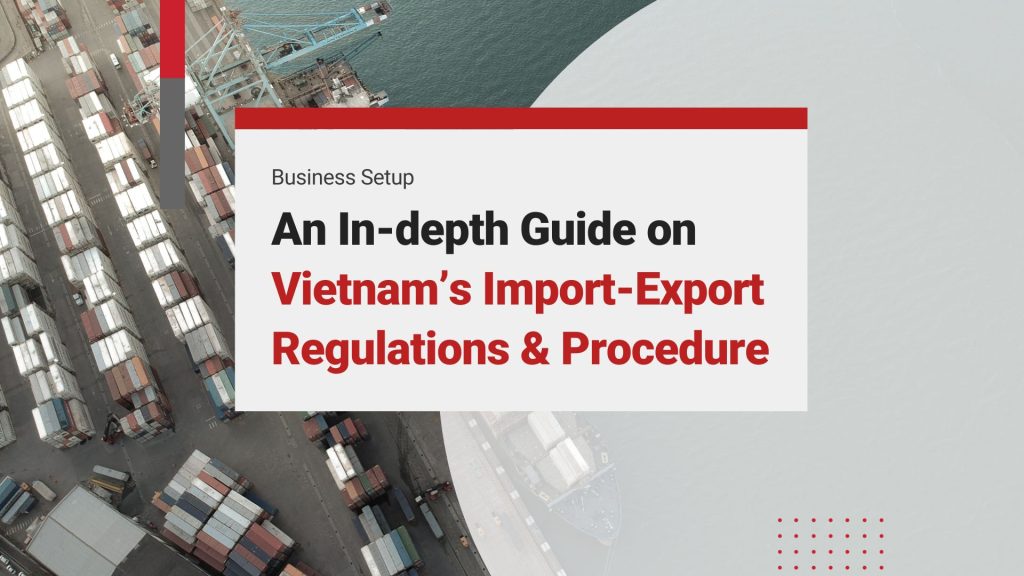
3. Important notes when importing Packaging from Vietnam
Importing packaging from Vietnam can be smooth and cost-efficient if you control a few key aspects – quality, compliance, logistics, and communication.
3.1 Quality and material control
Vietnam has both high-end export factories and small workshops, so product standards vary. Before large orders, always approve a pre-production sample. This avoids color mismatch, weak seams, or material inconsistency.
For food or medical packaging, make sure the supplier provides valid certificates such as ISO 9001, BRC Packaging, or FDA compliance. Factories that export to the EU or US often have these already.
3.2 Compliance and certification
Choose factories that follow environmental and traceability standards like GRS (Global Recycled Standard) or FSC. These certifications help your product meet import and sustainability requirements abroad. Check that documents are genuine and still valid – never rely on a photo of a certificate without verifying the issuing body.
3.3 Shipping and handling
Most shipments from Vietnam are handled through major ports such as Cat Lai, Cai Mep, and Hai Phong, supported by international logistics providers like DHL, FedEx, UPS, Yusen Logistics, and Hapag-Lloyd. Importers are advised to request loading photos, seal numbers, and weight details before the vessel departs. For paper or woven packaging, moisture protection is essential use plastic wrapping or desiccant bags.
If wooden pallets are used, ensure they carry the ISPM-15 heat-treatment stamp to avoid quarantine issues.
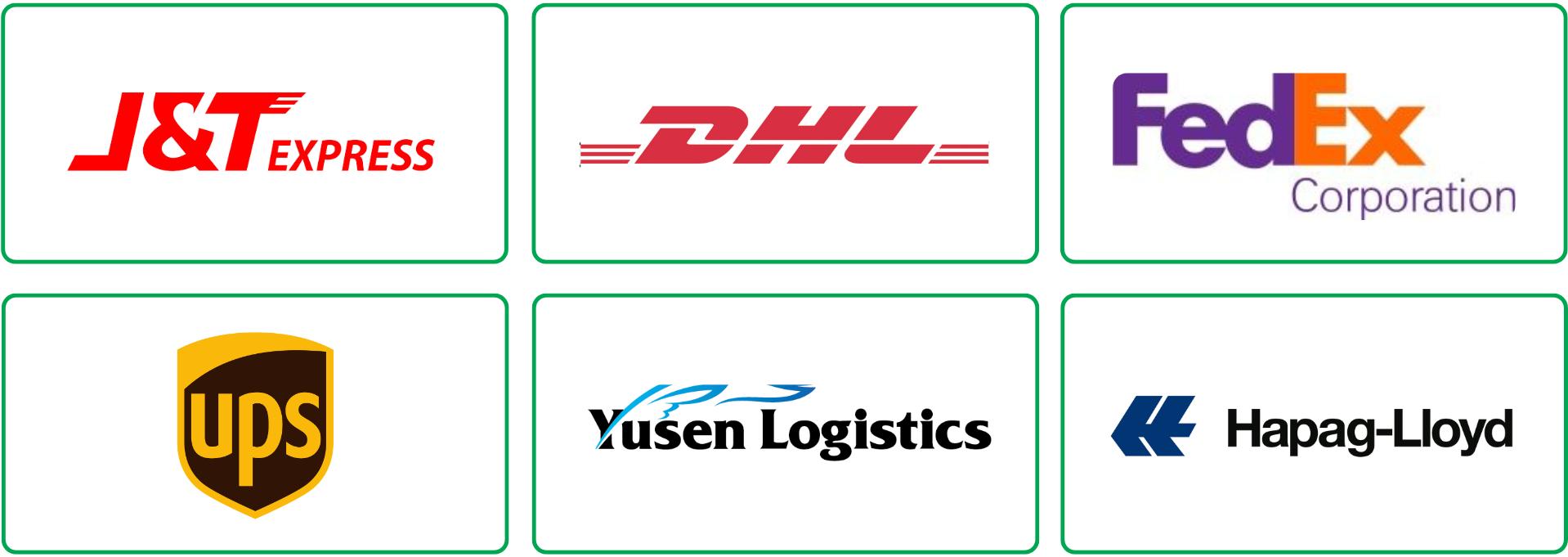
3.4 Payment and banking
The standard payment term is 30% deposit and 70% balance after shipment, though this may vary by supplier and order size. For larger deals, a Letter of Credit (L/C) is often preferred. Always pay through a registered company account to ensure safety.
On customs declarations, importers must select an approved payment method such as Telegraphic Transfer (TT), Letter of Credit, Documentary Collection, or Cash Payment. If multiple methods are used, declare code KC with clear notes in the value declaration section.
Common international options include TT, Remittance, Collection, and L/C, while e-commerce exports may also use PayPal, Credit Card, or E-Checking.
3.5 Design and intellectual property
When ordering customized packaging, protect your brand. Ask the supplier to sign a short Non-Disclosure Agreement and confirm in writing that all artwork belongs to your company. Approve a print proof or sample before production.
3.6 Communication and risk management
Use clear, measurable terms in English (e.g., “120 gsm kraft paper, matte lamination”) and confirm everything in writing via email. Vietnam’s trade law aligns with global standards, but dispute resolution can be slow – include an arbitration clause (e.g., VIAC or SIAC) in your contract for safety.
4. Tariffs and export documents
After production, your supplier will prepare a full export document package. Correct paperwork ensures smooth customs clearance in both Vietnam and your country.
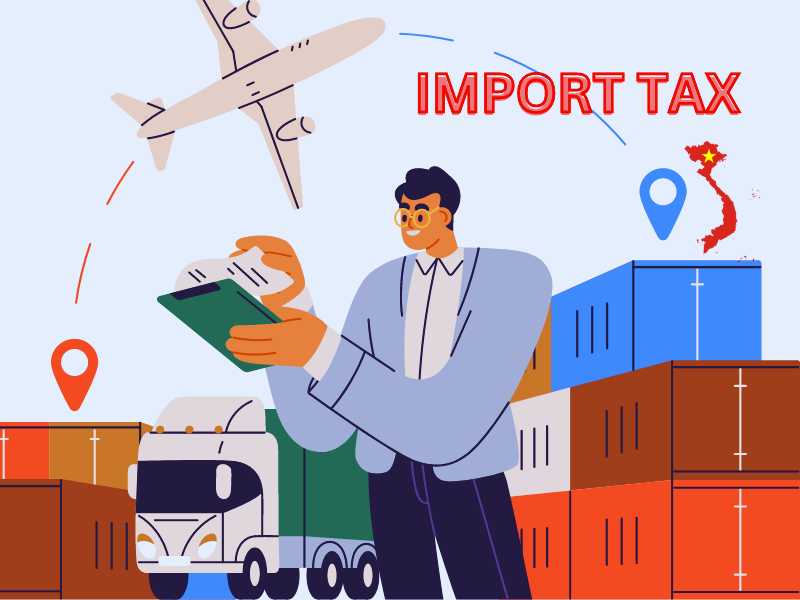
4.1 Main documents required
Every shipment should include:
- Commercial Invoice – lists product, quantity, price, HS code, and total value.
- Packing List – details the number of cartons or pallets and total weight.
- Bill of Lading (or Air Waybill) – proof of shipment.
- Certificate of Origin (Form E, D, AK or EUR.1) – used to claim tariff reductions.
- Inspection or Quality Certificate – confirms goods meet the agreed specs.
- Fumigation Certificate – needed if wooden pallets are used.
All documents must have consistent information: company name, HS code, and quantity must match across every form. Even small mismatches can delay customs clearance.
4.2 Tariff benefits and FTAs
Vietnam is part of major Free Trade Agreements such as ASEAN–China (Form E), ASEAN–Korea (Form AK), and EU–Vietnam (EVFTA). By presenting the correct Certificate of Origin, importers can often reduce or eliminate tariffs completely. Make sure your supplier applies for the C/O before shipment, as customs usually reject late applications.
4.3 Customs process
Vietnamese exporters declare goods electronically through the VNACCS/VCIS system, managed by the General Department of Vietnam Customs. This step typically takes one to two working days. You can verify clearance status via https://www.customs.gov.vn.
Once goods arrive at your port, your customs broker will use the same documents to file import entry. If your packaging will touch food or consumer goods, authorities may require extra test reports or safety declarations – having these ready avoids delays.
5. Tips to build a long-term supplier relationship
Building a strong relationship with your Vietnamese packaging supplier is the key to stable quality and reliable delivery. A good partnership helps both sides work efficiently, reduce miscommunication, and improve consistency over time.
Good communication is essential. Stay in regular contact with your supplier and confirm all important details in writing, especially specifications, delivery dates, and payment terms. Being clear and consistent from the start helps prevent confusion later in production.
If possible, visit the factory or arrange an online audit. Seeing how your packaging is produced allows you to understand the manufacturer’s capabilities and build trust. Suppliers often give better attention and flexibility to long-term clients who show genuine interest in their operations.
Providing stable orders or sales forecasts also strengthens cooperation. When suppliers can plan materials and printing schedules ahead, they can offer better pricing and faster turnaround. Regular orders are more valuable to factories than one-time deals, and loyalty often leads to better service.
Constructive feedback after each shipment is another way to maintain improvement. If small issues arise, discuss them politely and focus on solutions instead of blame. Vietnamese suppliers tend to respond positively to respectful and long-term communication.
Finally, remember that business in Vietnam values trust and respect. Simple gestures like sending a thank-you message after successful delivery or a New Year greeting can help sustain a friendly partnership. When you share your long-term goals – such as using recycled or eco-friendly materials, it shows commitment beyond transactions and encourages both sides to grow sustainably together.
Conclusion
Importing packaging from Vietnam offers huge potential competitive prices, diverse materials, and reliable export capabilities have made the country a rising hub for global packaging supply. Understanding the import procedure, required documents, and key regulations helps businesses make the process smoother and more efficient.
Yet, success in packaging import isn’t only about finding the lowest cost, it’s about finding the right partner. A manufacturer with consistent quality, export experience, and long-term vision can help you build a stable, sustainable supply chain.
Vietnam’s packaging industry is ready for global connection and when you choose a smart, trusted supplier, that connection can grow into a lasting partnership built on quality and mutual success.
